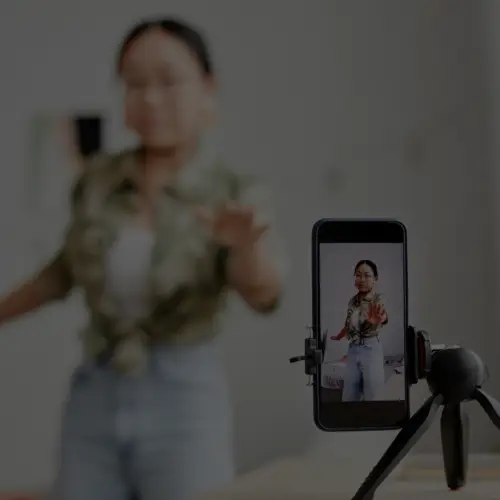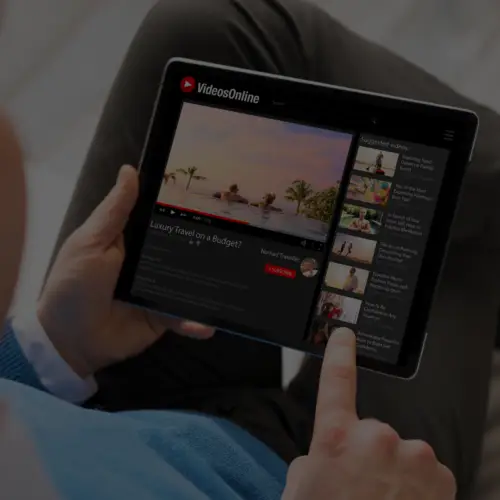23 Feb Why People Share: The Most Overlooked Part of Social Media Marketing
A lot of great marketers make lousy social media marketers. Most of the time they don’t even know how bad they are at it, probably because they’ve been so successful in some other kind of marketing (advertising, PR, CRM… something).
I’ve seen this in various forms since we opened Ignite Social Media in 2007. Don’t get me wrong, we have great clients and they typically “get it.” But it’s recently become clear to me that the people I come across that don’t get it often miss two fundamental points. Specifically:
- Social media marketing doesn’t work unless people share; and
- People share content for specific reasons, most of which have to do with how it makes them feel about themselves.
Let’s examine these in turn.
The Math Works: Shares Trump Broadcast
You’ve got Facebook fans and Twitter followers and blog readers. You even have some YouTube subscribers. Excellent. Let’s say, for simple math’s sake, that you have 10,000 of each. Here’s some math to think about.
10,000 Facebook fans * 16% average fan viewing = 1,600 people likely to read your post.
Not very impressive if nobody shares your post. Now, let’s assume that 10% of your fans who see the post (1.6% of your total fans) choose to like, comment or share, so that it goes into their news feeds. Now the math gets better.
(10,000 Facebook fans * 16% average fan viewing) + ((10% of viewers sharing) * (150 average friends) * (12% average friend viewing)) = 1600 + 2880 = 4,480 likely to read your post.
Now we’re doing about 3x better, even before a few friends of fans may share it even further. It’s because of the following truism. (Call it Tobin’s Law and make me feel good, will ya?)
The size of your network is always smaller than the size of your network’s networks.
I didn’t have to major in math to be pretty confident in that statement, yet it’s forgotten. There’s plenty of research showing that friends of fans are statistically more likely to buy than non-friends, so networks of networks are great targets.
Why People Share
This is the secret sauce. People share either because you’ve blown them away with the product experience (congratulations, by the way) or because it makes them feel good in some form or fashion.
That’s it. Does your social interaction, social promotion, social content fit one of those criteria? If so, you’ll do well. If not, it will sit there, unshared.
This is not new. 45 years ago, in 1966, Ernest Dichter did a study on word of mouth marketing that was recently resurrected by Harvard Business Review. We can see why people share in this pie chart.

Product Involvement
Product involvement, says Dichter, is the most prevalent reason that people talk to their friends about products they encounter. He says it’s about 33% of the product based word of mouth and it’s because the experience with your product is either so surprising or so fulfilling that they must tell their friends.
This is great. If your product development people can give you this and if you can create an online experience about the product that creates that same feeling, your sharing will go far. Our Jeep client has a rabid fan base because of the product experience and the Jeep Facebook fan page is always abuzz.
Self Involvement
If you don’t have a great product that just lights up the Internet, you’ll need to make your audience feel something else to share. Self involvement, which Dichter says is about 24% of the shares, means that the person feels smart by having inside information. Most everyone likes to be an expert in some area, and like it when their friends look up to them for it.
So if you can share your knowledge or share your opinion by sharing content crafted by a brand, that symbiotic relationship may be the perfect way to go.
Other Involvement
Self involvement makes us sound awfully self centered and, many times, we are driven by self interest. But we also like to help others.
Dichter says that about 20% of the time, we share stuff because it will help a friend or a neighbor out. “Here’s a coupon for that product I know you’re thinking about buying,” or “I came across this really negative review of product A. You may want to avoid it.” This helps people, but I also believe it makes us feel good about doing it, so chalk another one up for some small amount of self interest.
Message Involvement
This is why we share videos of funny cats. This is why we share articles about computer viruses. 20% of the shares fall into message involvement, where the “message is so humorous or informative that it deserves sharing.”
Again, I believe we share funny content in part because a small part of us feels funnier because we found it and shared it. So there’s that self-interest and that “how it makes me feel about me” creeping into the equation again.
Summary
Ask yourself if your social content fits this criteria. Will it be shared for one (or more) of the four reasons outlined above? If not, can you imagine a reason that someone will share it, other than the fact that they work for your company? If not, maybe it’s not the best content to be putting on the social web.
Regardless of format (blog posts, status updates, videos) you should be thinking of its “share factor” while also thinking about the search engine benefits of the content. The best pieces have that social passalong we’re all looking for, plus the ability to be discovered in search engines for months to come.
Who knew that 50-year-old research could so help inform social media marketing?






